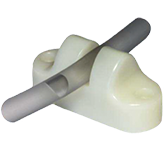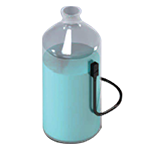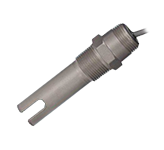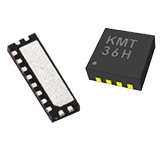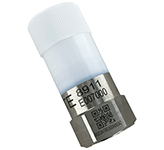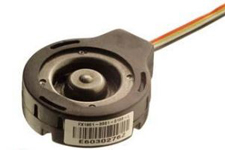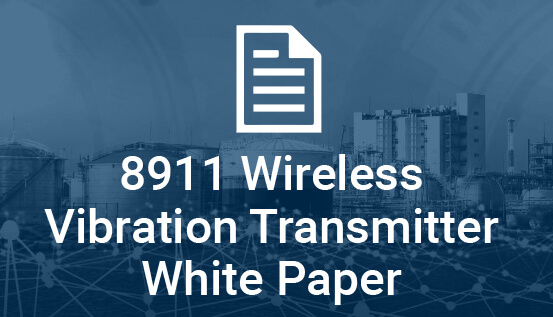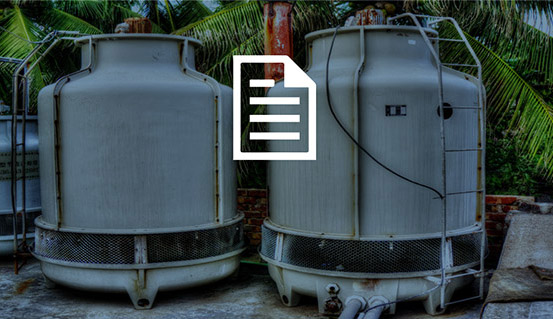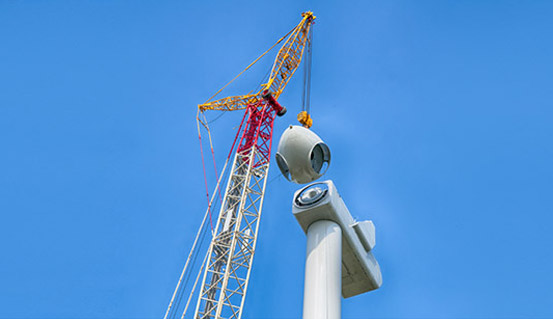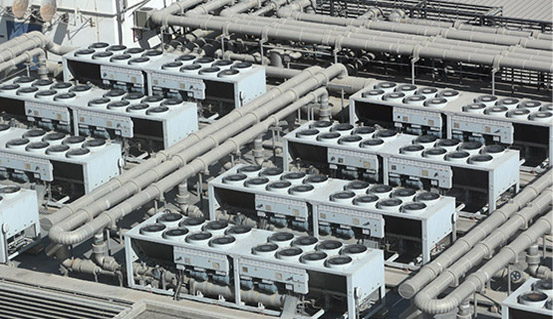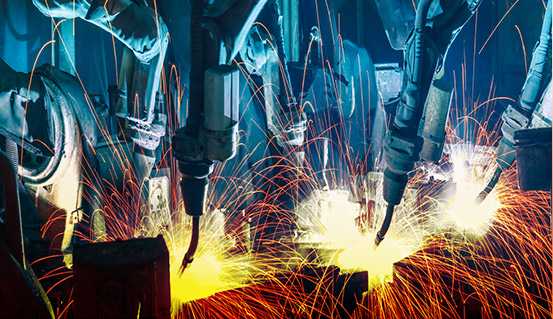Asset Monitoring – Inventory Data Directly from the Asset
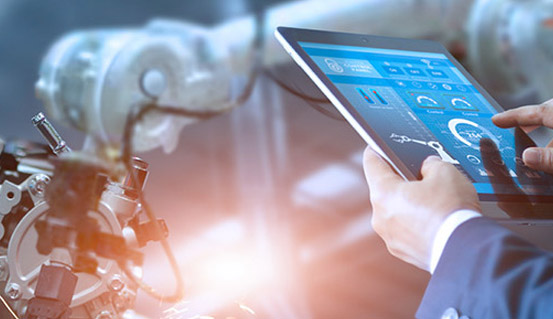
Keeping raw materials in the production pipeline is key to optimizing your output. With the Industrial Internet of Things (IIoT) and TE Connectivity sensors from TTI, monitoring your production line to know the volume of available materials on hand can happen from virtually anywhere. This can be a tremendous benefit when measuring liquid levels in tank farms or food processing systems where distance, or sanitary conditions require remote sensing. By enabling the power of the IIoT, asset monitoring goes where you go.


Be There with TTI and TE Connectivity
TTI, TE Connectivity and the Industrial
Internet of Things – Bringing Data to Work
Featured IIoT Products
Wireless Vibration Transmitter White Paper
Wireless Vibration Sensors for Condition Monitoring
Traditionally, vibration sensors have been installed on the machine and hardwired back to a central machinery protection system (e.g. vibration monitor). While reliable, this technique is expensive and therefore usually reserved for large rotating machines; typically steam-driven turbines or large combustion (gas) turbines, deemed “critical” to the plant’s operation. For less critical assets (the so-called balance-of-plant machines), such as centrifugal pumps and compressors, the business case for installing such a condition monitoring system is less clear, or even untenable. The loss of availability of such machines, however, are in some cases no less important to the safe, reliable operation of a plant. There still exists, then, a need to economically condition monitor balance-of-plant machines.
Asset Monitoring Resources
Submersible Pressure Transducer for Tank Level Monitoring
Measure liquid level within a vented tank using a submersible pressure transducer.
Liquid level can be determined using a submersible pressure transducer by taking a continuous pressure measurement from the bottom of the tank or measurement point where the transducer's diaphragm is placed. If the pressure transducer is located at the bottom of the measurement range, such as resting at the bottom of a tank, the pressure is proportional to the height of the liquid directly above it. If the tank is vented to atmosphere, the pressure transducer can also be configured with a vented gauge measurement type, utilizing a vent tube within the cable to correct for barometric pressure changes.
Predictive Maintenance – Real-time Sensor Data from 200 Feet in the Air
Monitoring sensor output signals over a period of time can offer insights into equipment failure. From bearing vibration to rising temperatures, as properties change, the decline in performance or need for part replacement can be predicted to avoid catastrophic failure, downtime and cost. Filtration is another area of maintenance; as an example, differential pressure sensors can be used to monitor pressure across a filter to predict hydraulic or pneumatic filter maintenance.
For industrial condition monitoring and predictive maintenance applications vibration specification parameters are considered critical to ensure long-term, reliable, stable and accurate performance including: wide frequency response, measurement resolution, low drift and operating temperature.
Building Automation – Aggregate Data from an Entire Campus
In a world of smart phones and smart cities, creating a smart building offers the next opportunity for industry as controls for heating and air conditioning systems, lighting, refrigeration and many other factors utilize data and intelligence to upgrade traditional systems. Sensors for temperature, pressure and humidity can be utilized systems to wirelessly transmit actionable data from a wide variety of sources across a single building or an entire campus. From HVAC systems on a building rooftop to high-efficiency lighting systems that can be scheduled or even detect presence, Industrial Internet of Things (IIoT) solutions that rely on components from TE Connectivity and TTI are changing the factory environment.
Process Automation – Position and Speed Data in Real-time
Industry 4.0 process automation relies on accuracy in data coming from the production line. TE Connectivity sensors from TTI allow instant, accurate information on the state of your system from the exact point you need it. Pressure, temperature, humidity and many other factors affecting your systems can be monitored allowing control and continuous operation without hands-on supervision. Leverage the power of the Industrial Internet of Things with TE Connectivity and TTI, to bring your data to work.
